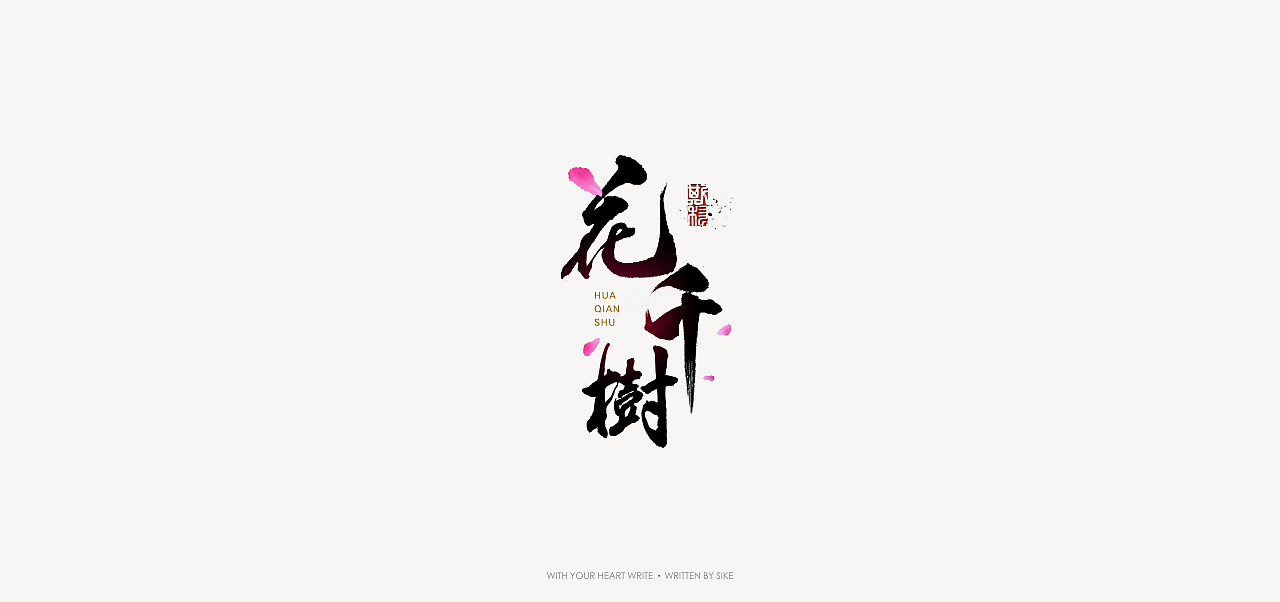
Due to the grain of the wood in the woodblocks, which ran horizontally, horizontal lines were easy to produce and could be thinner, but vertical lines, which ran counter to the wood grain, were prone to breakage during carving, and had to be thicker. Early songti scripts were in use as far back as the Song Dynasty (960-1279 A.D.), when Chinese woodblock printing reached its golden age. If one type of font had to be chosen to represent Chinese typography, it would be the songti. There are six major classification of Chinese Fonts, as follows: (see the blue highlight) 1. The word “ti” 体 essentially means “font”, so you can expect to see that word at the end of many font names. In Chinese, the two most commonly used classifications are song ti (sounds like sawng tee), which you could think of as the Chinese serif, and hei ti(sounds like hey tee), similar to a sans-serif.


In this sense, Chinese font classifications are very similar to our own. Though you can’t really place every single font into either a serif or sans-serif category (some fonts, like hand-drawn scripts, don’t really fit under either) these two words are probably the most commonly used font distinctions, bandied about even outside of the design industry. We have blackletter, script, display, slab, monospace, and a handful of other words that indicate a general typographic style. Western language fonts are classified under a few major headings and a pantheon of minor ones. Gan en! Maj or Classifications of Chinese Fonts Thank you so much to the author the source above. The purpose of publish this posting is for Mandarin class learning. Note: Detailed of complete information about this topic, please kindly visit the source above.


 0 kommentar(er)
0 kommentar(er)
